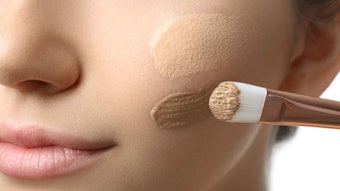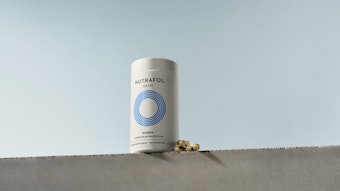While many prepared to celebrate the New Year with noisemakers, champagne and party hats, I couldn’t help but feel a slight apprehension as we approached the end of December. This happens to me every year with the abrupt ending of my calendar—once December is over it drops off, leaving me with only a few grayed out dates.
As we approach this point each year, I buy a new calendar and sit down with the old one to transfer over the dates that I must remember. Birthdays, anniversaries, weddings, travel, etc.; perhaps it is my way of filling in some of the unknown. As I do this, a new sense of excitement begins because I now look ahead at what’s to come.
When this feeling sets in, I understand the hope the New Year brings and the potential that lies ahead. I also understand the need to move forward and make resolutions for improvement. My resolution to you, dear reader, is to help you achieve success in the New Year through the Cosmetics & Toiletries (C&T) brand. How might I do this? By listening.
Last year we surveyed readers to ask what they wanted to see in C&T magazine and the #1 response was formulating. While not entirely surprising, it certainly helped to reinforce our focus, to be reflected in 2010 by an even stronger emphasis on formulating throughout our content.
For example, the annual Skin Care Formulary, which is designed to give formulators new ideas for uses and combinations of materials. Also, an article by Chavan and Pennick examines the effects of oral and topical echium oil on collagen levels and barrier functioning in the skin. Their work looks at the practical application of the material to reduce fine lines and wrinkles and act as an anti-inflammatory agent.
Lennon and Rodier describe a texturizing and moisturizing ingredient that is created by reacting natural jojoba, mimosa and sunflower seed waxes with vegetable polyglycerol to form hydrophilized wax esters. In addition, O’Lenick and O’Lenick describe how the use of amphiphilic silicones has allowed formulators to incorporate silicone polymers into products by lowering the surface tension between interfaces.
As you aim for success in the New Year, be sure to write “read C&T magazine” on your calendar to assist you in filling in your R&D unknowns and to help you formulate results.










